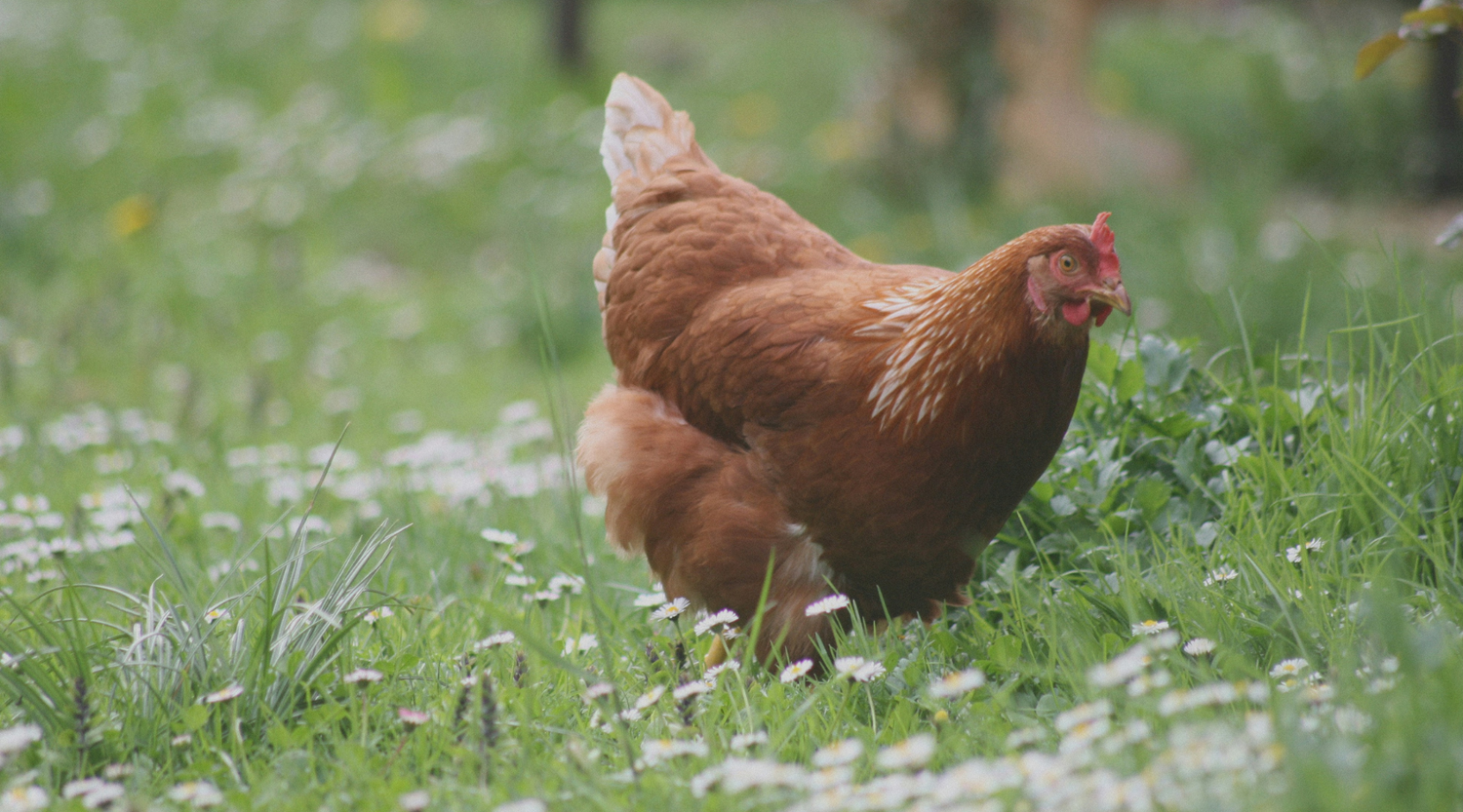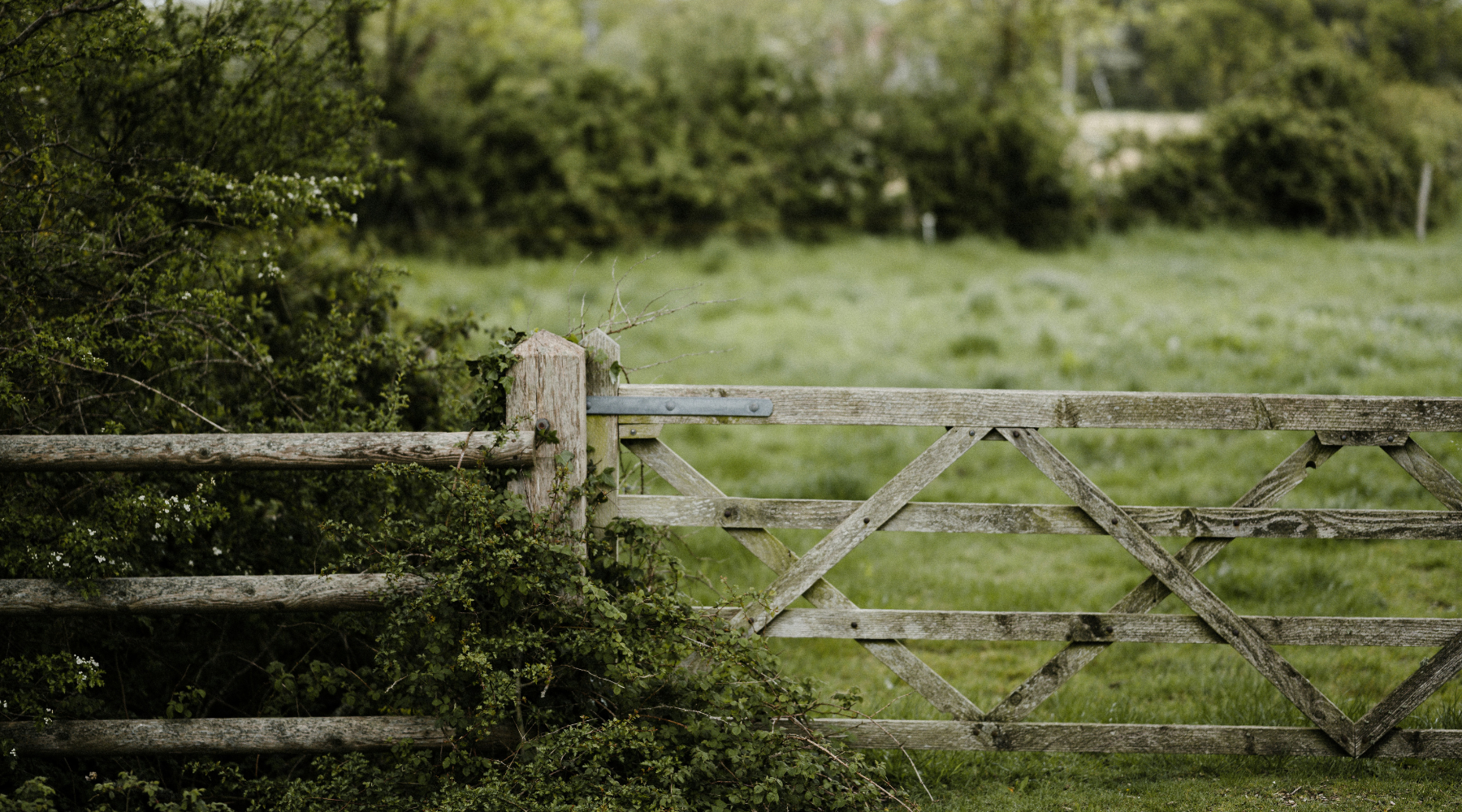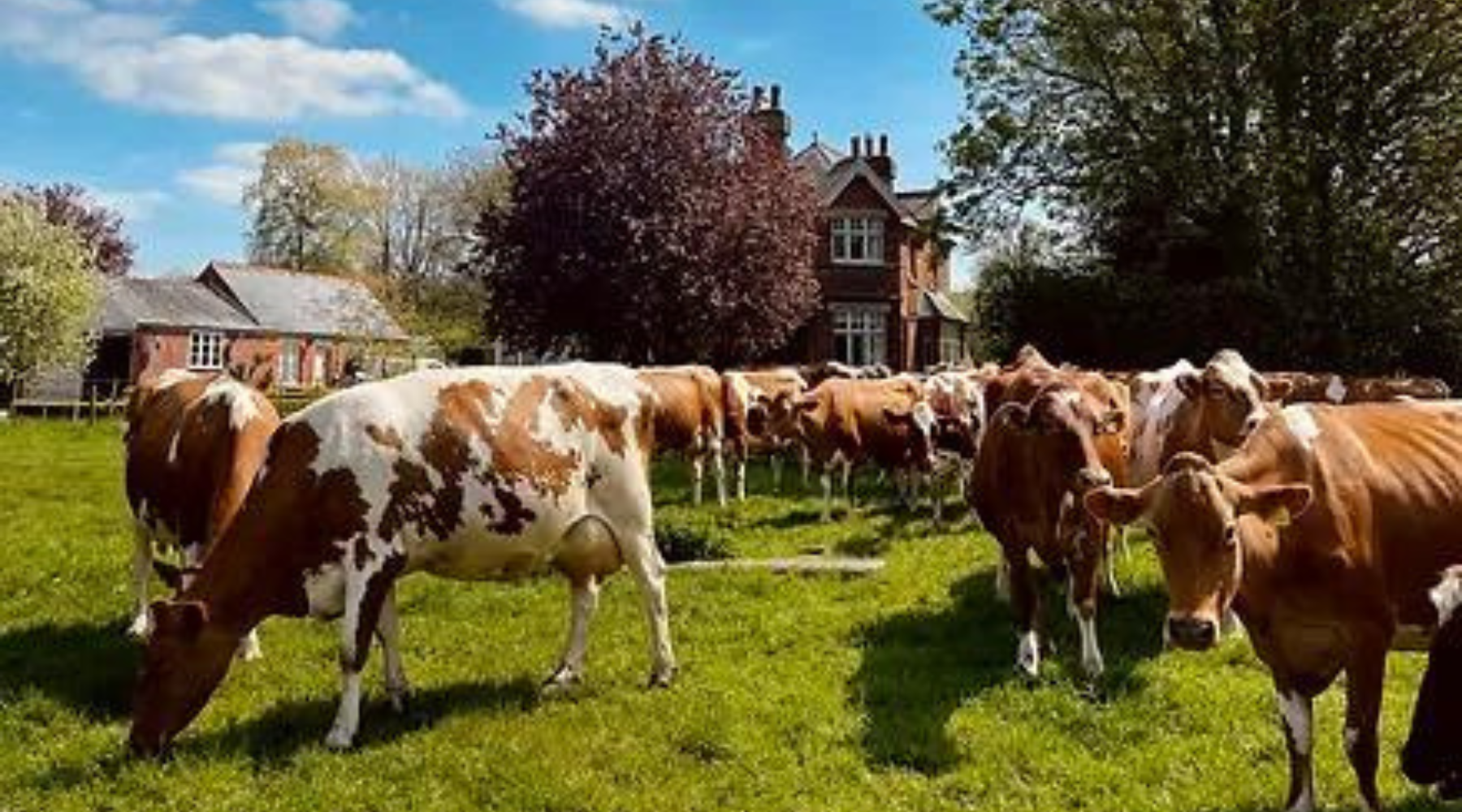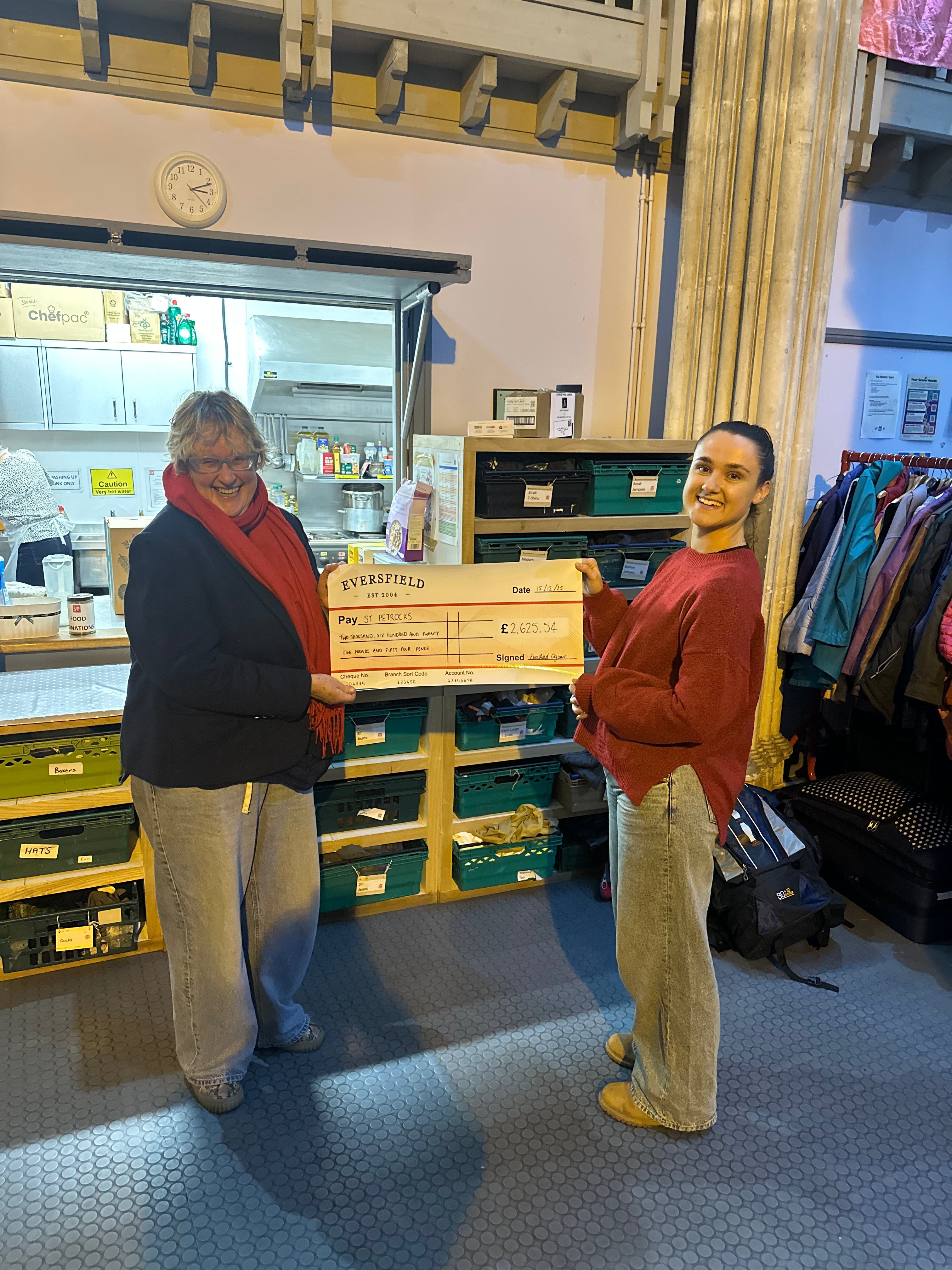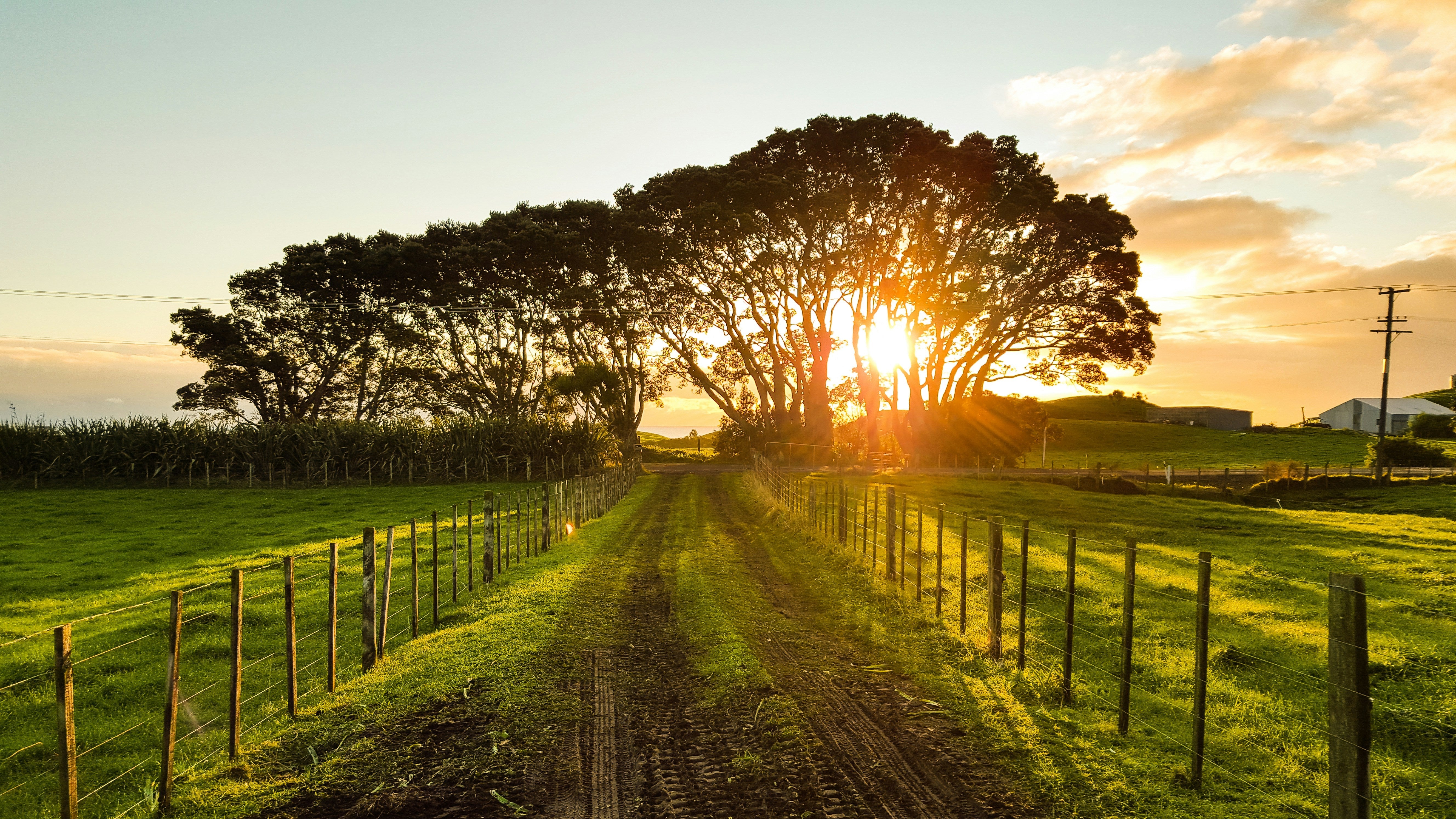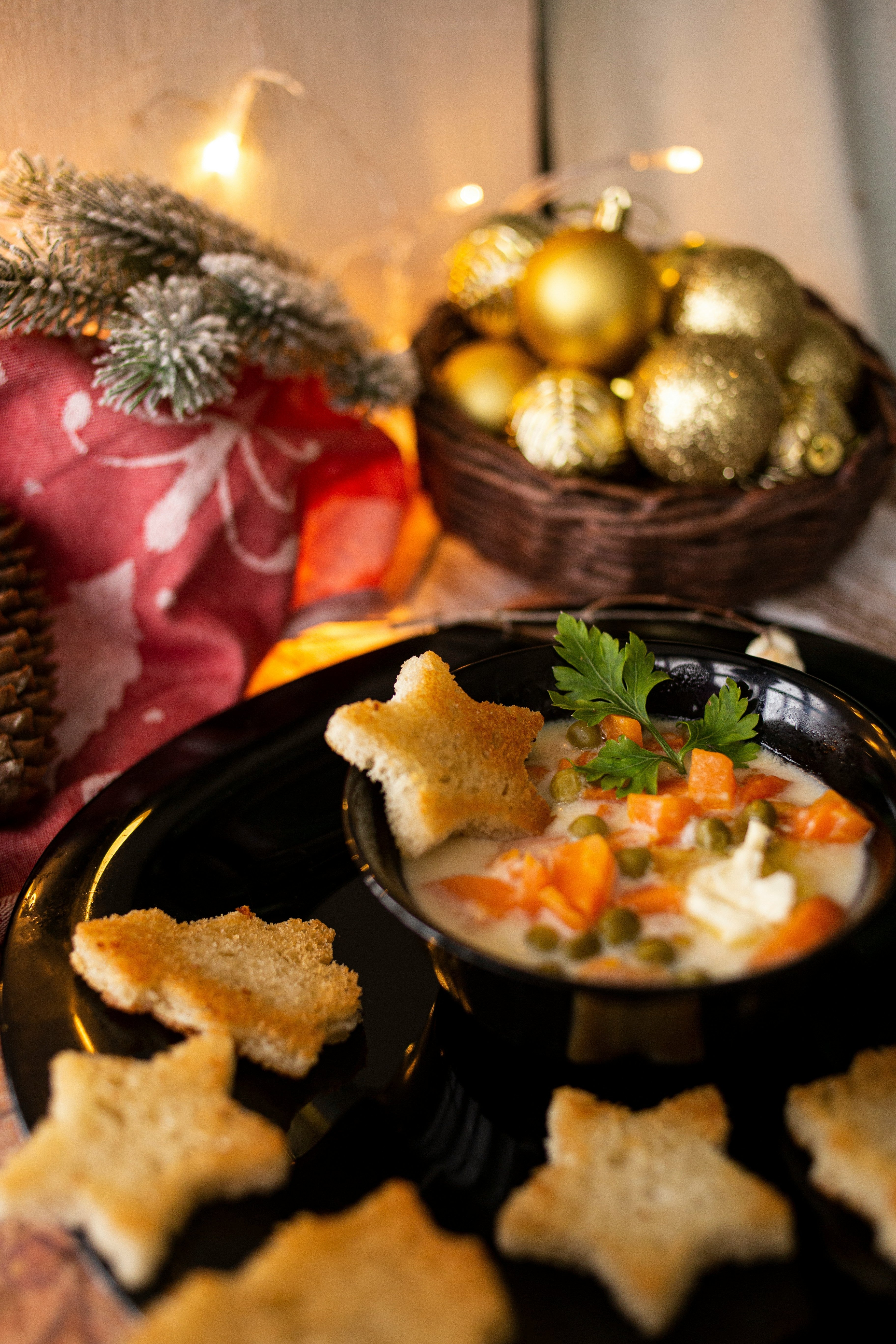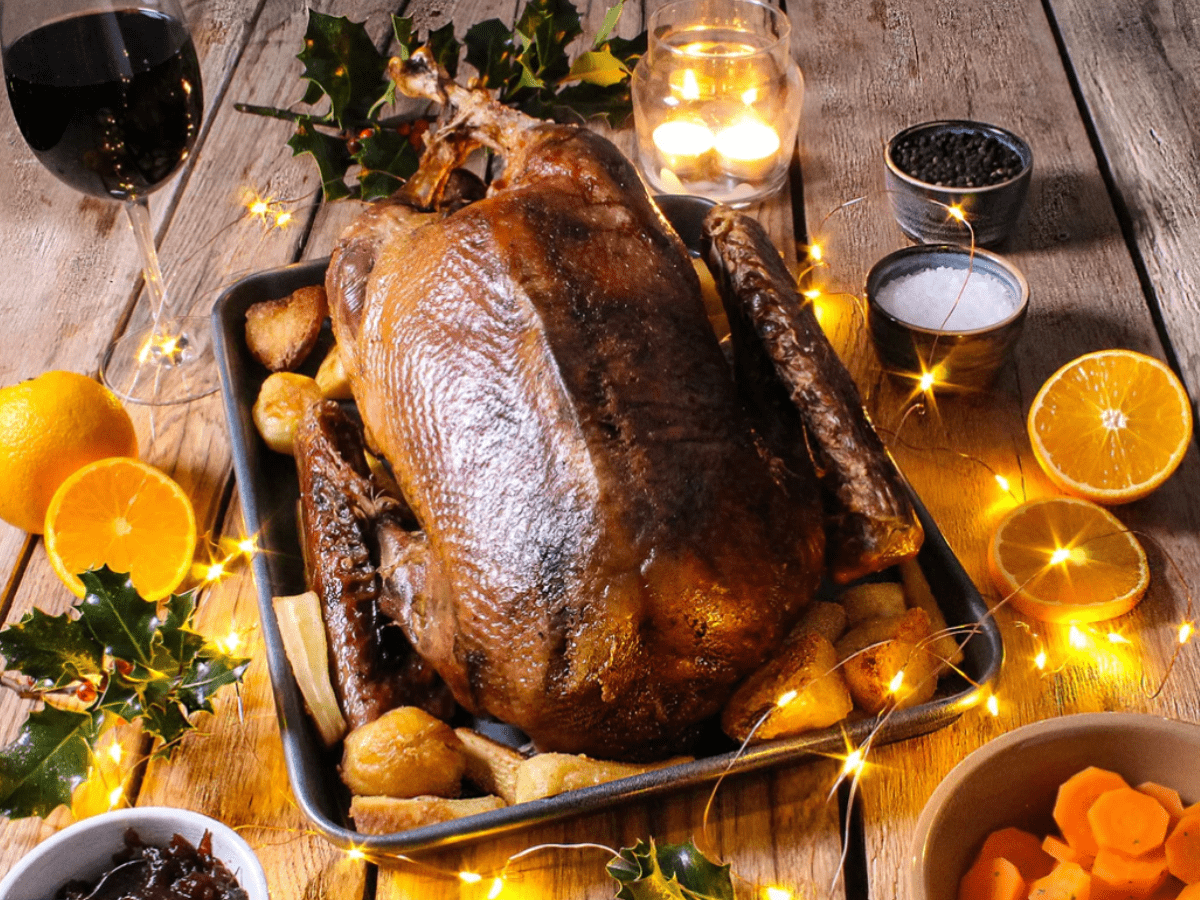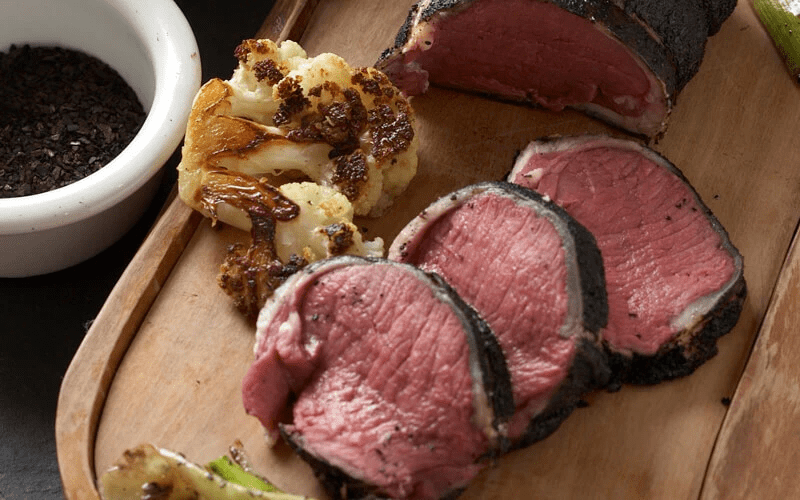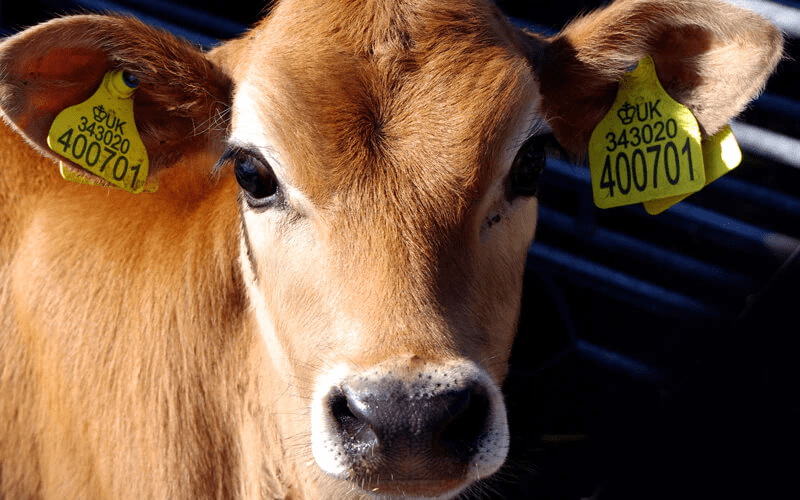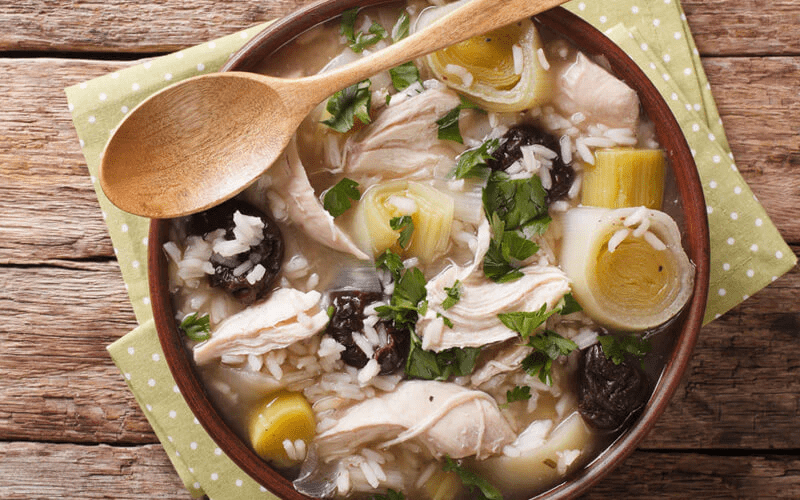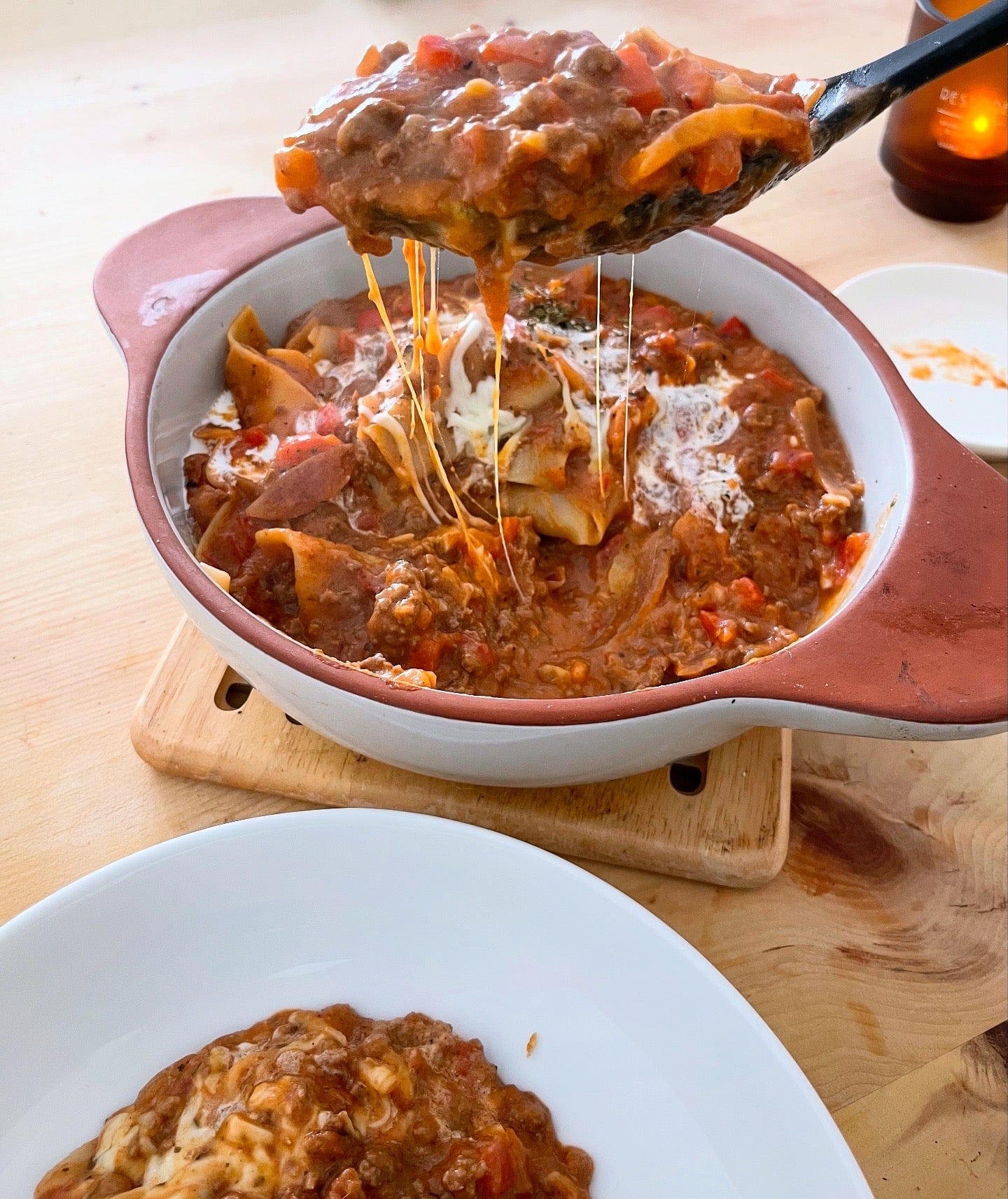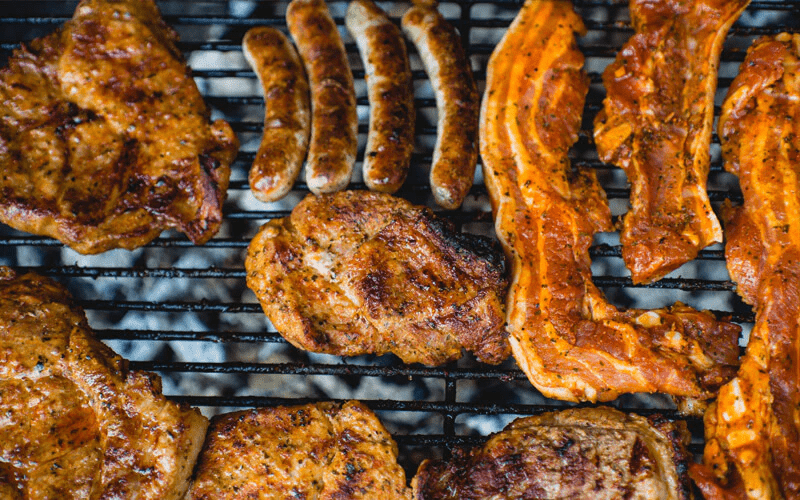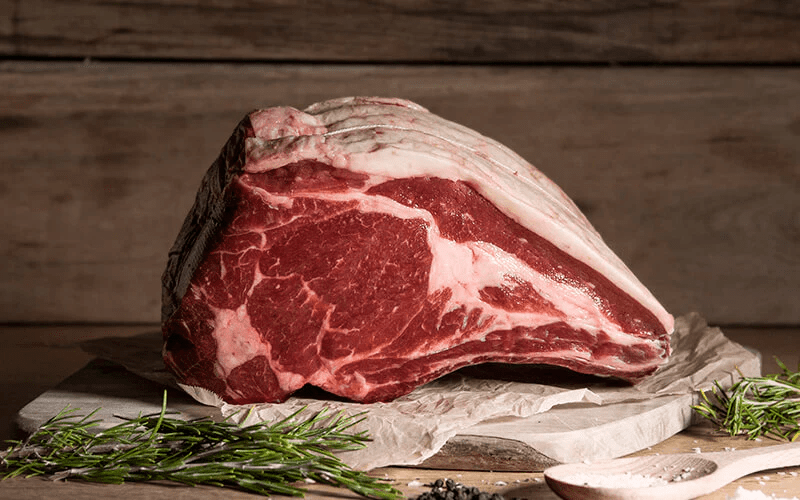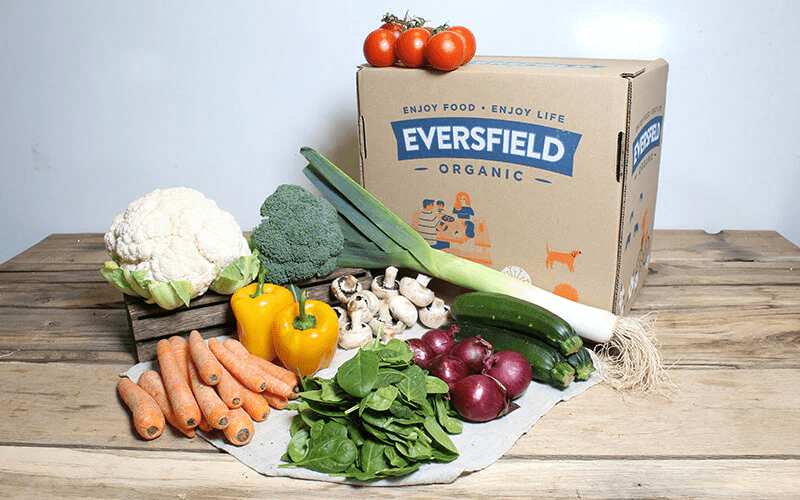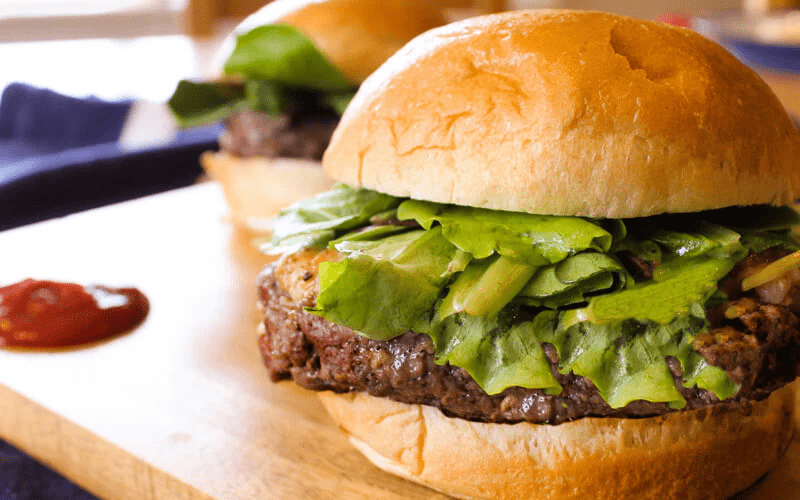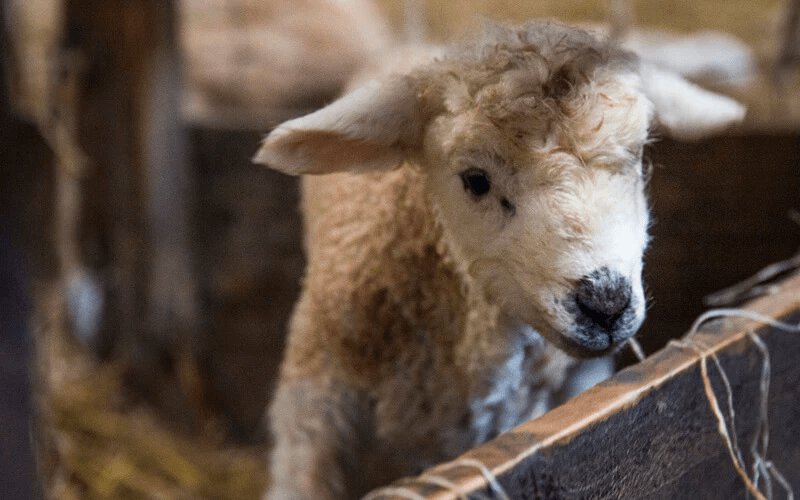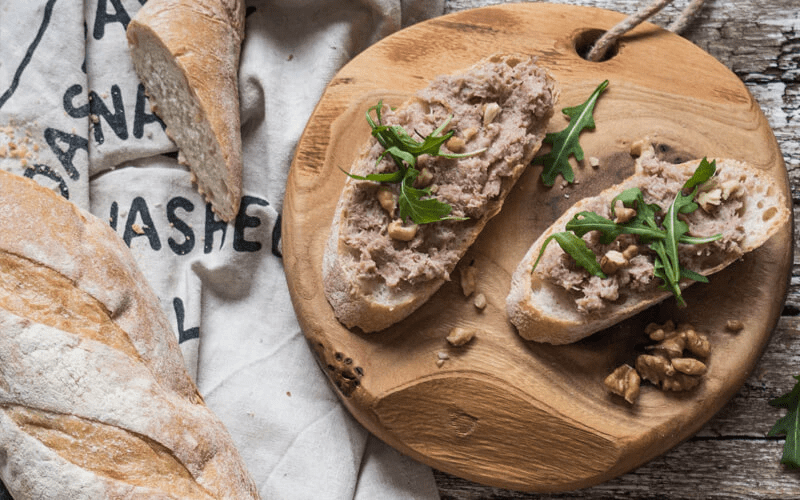Food labelling can cover a multitude of sins, from lower animal welfare standards to environmental degradation. So, what really is the difference between free range and organic chicken (and why we think you should choose organic)?
Globally, our infatuation with chicken has evolved into a full-blown addiction. Fuelled by the pursuit for affordable protein, there are now an astonishing 8 intensively farmed ‘broiler’ chickens per person on the planet and broiler chickens account for more than 70% of chickens raised for meat. Behind the convenience and abundance lies a darker reality: a decline in animal welfare standards and environmental degradation.
A new Soil Association report has called industrial chicken farming “the most ethically bankrupt and environmentally destructive business in the UK” after revealing the extent of river pollution directly linked to the industry. In addition, soya grown for industrial feed is fuelling deforestation in Latin America.
How well do we truly understand the origins of the chicken on our plates? Labels often conceal more than they reveal, using vague meaningless terms like ‘farm fresh’, ‘outdoor reared’ and ‘natural’, which almost always point to the fact that the chicken is industrially farmed.

Free Range versus Organic
Free range, whilst signifying an improvement in animal welfare standards, lacks standardised regulations, and can actually encompass a whole range of farming practices, some of which are only marginally better than their battery farmed counterparts.
Organic on the other hand, is regulated, inspected, and accredited by stringent criteria in the UK by the Soil Assocation.
Flock Size: Free range farms have large flocks, sometimes exceeding 16,000 hens, compromising space and well-being. In contrast, organic farms maintain smaller flock sizes, with a maximum of 3,000 hens.
Outdoor Access: Organic standards mandate continuous access to the outdoors during the daytime ensuring ample space and natural foraging opportunities. Free range birds are only required access via ‘pop holes’ which can become obstructed by large flocks, often resulting in underutilised outdoor areas.
Animal Welfare: Organic practices prohibit harmful interventions like beak trimming, prioritising the natural behaviours and well-being of chickens. Free range farms may resort to such practices to mitigate issues like feather pecking, stemming from overcrowded conditions.
Slow Grown: Free range chickens are slaughtered at 8 weeks old on average, but unlike the hurried pace of conventional farming, organic chickens undergo a gradual growth process, taking twice as long to reach maturity. This deliberate approach not only ensures a more natural development but also affords them a lifespan that is one-third longer than that of intensively farmed chickens.
Feed Quality: Organic chickens are fed a non-GMO diet, free from genetically modified grains and artificial additives. Additionally, outdoor foraging enriches their diet with diverse nutrients.
Antibiotic Use: Organic standards strictly regulate antibiotic usage, but in conventional farming, antibiotics are often administered preventatively, contributing to antibiotic resistance and environmental contamination.

Why Choose Our Chicken?
Our organic chicken is our bestseller for a good reason. Try it once and you will discover the taste difference that organic brings. Our chickens are reared in the hills of Honiton, Devon on a family run farm by the Gardner family, experts in rearing poultry for more than 50 years. Their commitment to animal welfare and organic principles gives our chickens the best lives possible.
Slow growing Hubbard chickens are reared in small flocks with open fields to roam and forage, where they can enjoy a peaceful and happy life, scratching and pecking for their own tasty treats, and stay cosy at night in warm shelters. They are free to forage for whatever takes their fancy in the fields, from red clover, insects and their certified organic feed containing organic wheat and maize. This natural variance in diet accounts for their distinctive depth of colour which can range from pink to yellow.
Allowing the flocks to express their natural behaviours and mature slowly results in a healthier, tastier and more succulent meat full of heart friendly omega-3 fatty acids and vitamins B12, zinc, iron and copper.



